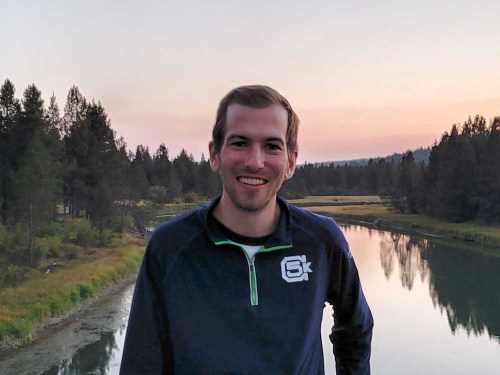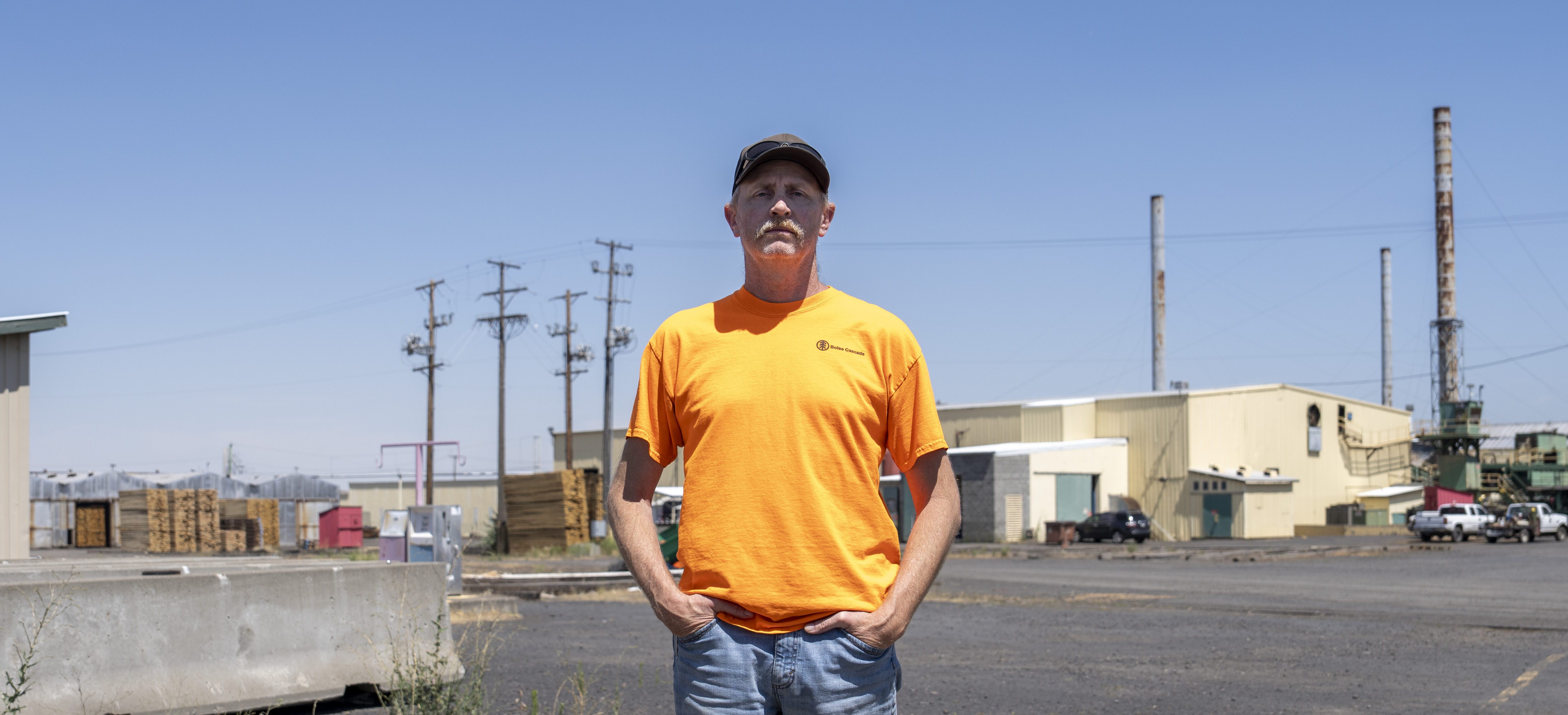Other views: Oregon should invest in children
Published 6:00 am Saturday, December 11, 2021
A comparison of the economic histories of Boston and Philadelphia teaches a lesson that every policy-maker should heed and every voter should act on. When faced with economic calamities and stumbling in the shadows of uncertainty, the resilience of a city, a state or a nation cannot be measured by the success of a single industry nor the profits of a few companies. Tech cannot save a state. Unicorns cannot save a city. Planners cannot chart for a nation to follow to a brighter future.
What matters most to a city’s sustained and widespread growth is the quantity and caliber of its human capital, which “refers to the abilities and qualities of people that make them productive,” according to The Economist. Knowledge is widely regarded as the key source of human capital, but other behaviors, such as soft skills, and attributes, such as good health, also determine human capital.
Trending
What leads to greater stocks of human capital? There’s no single answer and there are certainly no shortcuts. Instead, the accumulation of human capital is a dynamic process that occurs throughout our entire life cycles. Families, schools, firms and other institutions all help form human capital. And though older individuals can still learn and employers can theoretically invest in the development of their employees, one time of life and a few institutions have an outsized impact on the prevalence of human capital in a specific area.
In economic terms, investments in human capital at an earlier age have a higher rate of return to the individual (and society) than investments made later in life. In more straightforward terms, the more you learn at an early age, the longer you can apply that knowledge. What’s more, if you learn more early on, you’re capable of learning even more later, learning begets learning.
Boston has grasped this lesson for generations. The city’s economy survived the emergence of New York City as a regional rival, the decline of whaling and seafaring, and the transition from a manufacturing-based economy to one fueled by tradable services and innovation. No one leader oversaw the city’s ability to ride these huge waves of economic disruption. The city was kept afloat by having a large, highly skilled workforce capable of adapting to new economic realities by quickly learning new trades and organizing new business endeavors. High rates of literacy, a culture that reinforced self-discipline and strong educational institutions and apprenticeship opportunities all contributed to this workforce.
Philadelphia, on the other hand, relied too long on its “first nature” advantage to sustain its economy. For a while, being near two rivers and having a relatively mild climate allowed Philadelphia to ride the same economic swells as Boston. Since the 1920s, though, the city has struggled to grow at the same rate as its regional competitors. More highly skilled people left for New York or Boston and, once there, met several other highly-skilled people, a daily and iterative process that left the entire community smarter than the day before (and certainly smarter than Philadelphia).
The only plan that’s ever made a community more prosperous and resilient over the long term is investing in human capital. When a politician promises to bring prosperity through quick fixes such as attracting a new business or subsidizing a single activity, you should be skeptical. The best way to foster innovative and encourage a more adaptable economy is to invest in as many younger residents as possible by supporting early education via the family and school, by making high quality health care available to everyone (but especially moms and youngsters), and by creating opportunities for knowledge sharing through things like diverse and affordable communities.
Oregon Gov. Robert Straub in 1977 declared, “Our most important resource is our Oregon citizen.” He recognized that “the young will build the Oregon of tomorrow.” And, he pledged to more robustly support our education system to aid the youth in their construction of brighter days.
Trending
In other words, Oregon has heard this message before (indeed, Oregonians have heard this from several administrations). Words don’t improve human capital. More money into a flawed system also doesn’t improve human capital.
Strategic investments in programs as close as possible to young Oregonians and their families can and will improve our stock of human capital. The question is whether our political leaders will do more than give speeches on the topic.
Do you have a point you’d like to make or an issue you feel strongly about? Submit a letter to the editor or a guest column.










